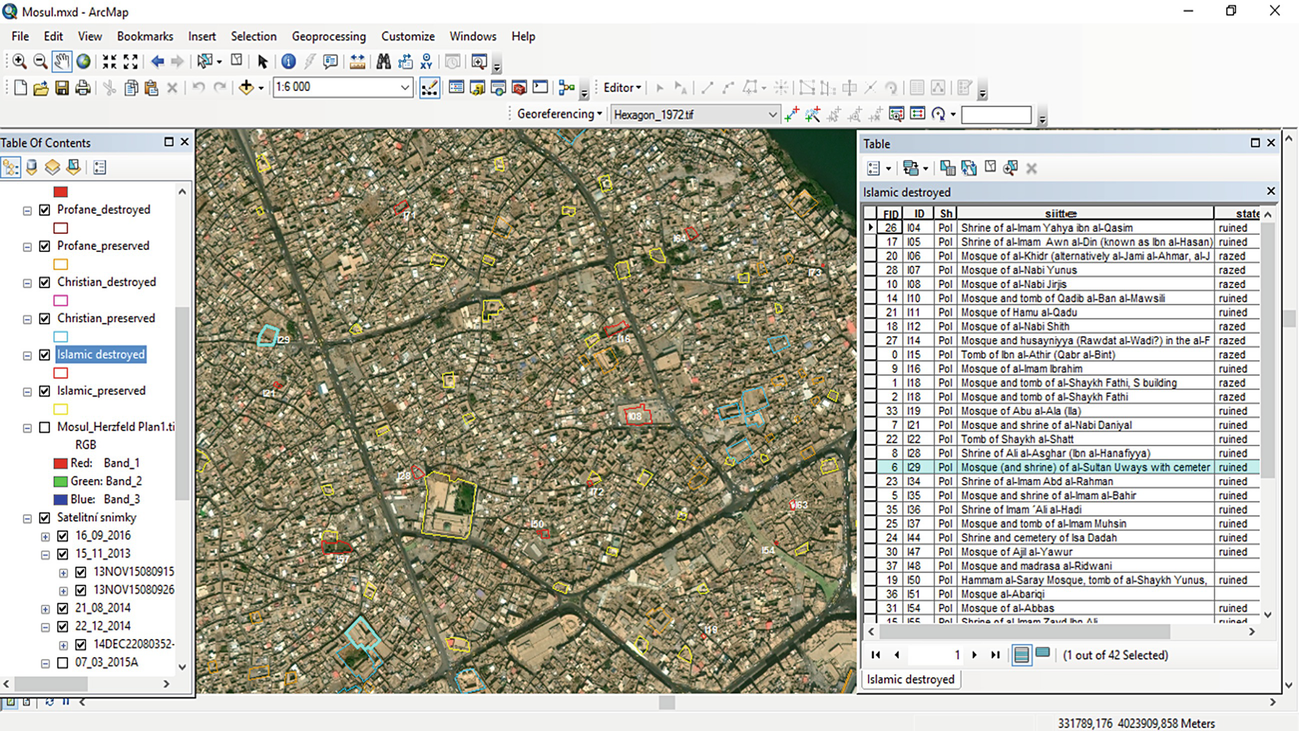

Often, the properties that place the highest burdens on local services and pose the greatest fire and safety risks are poorly maintained structures of low value. However, this benefit justification has important limitations. Land and building values are also frequently associated with services provided by local governments, such as fire and police protection and road maintenance. This is one reason that immovable property 2 is appropriate for a special form of taxation that does not extend to movable property, such as inventory, equipment, and household goods. A tax on land and buildings offers a revenue base that, unlike sales, payroll, or income, cannot readily shift to a neighboring jurisdiction. This chapter reflects that balance.Ī property tax is often designed to provide an independent source of local government finance, whether or not collected and administered locally. In the case of a tax on land and buildings, the somewhat deceptive simplicity of the legislative language requires greater stress upon consideration of underlying policy issues. Numerous cases have addressed the meaning of “market value” when applied to property that has not been the subject of a recent sale similar complexities arise with the definition of ownership and of property itself. A second set of critical issues concerning the operation of the tax may be too detailed to be addressed in the law itself, although it should be drafted with an understanding of, and an attempt to minimize, their potential difficulties. Examples include whether to tax land and buildings together, to tax them separately at different rates, or to exempt structures and whether the measure of the resulting tax base is to be market value, value in current use, acquisition cost, area, or some other quantity. Instead, appropriate choices rely upon political, social, and economic judgments that must precede drafting but that are often not addressed until the drafting process brings them to policymakers’ attention. These arise in part because many crucial issues regarding the tax resist uniform solutions.

1 The primary reasons for imposing a property tax include incentives for efficient land use, a tax base that cannot be withdrawn from production, and establishment of an autonomous revenue source for local government.ĭrafting a tax on land and buildings poses a number of challenges that may be surprising and frustrating in light of the simplicity of a typical property tax statute. The simplicity of this concept can conceal a number of important drafting issues, some of which require a prior clarification as to the goals of the tax. However, if a property is received by payment of less than the fair market value, the difference between the market value and the price paid is taxed under the head 'income from other sources.' But the property's fair market value must be more than Rs 50,000.Taxes on immovable property, or land and buildings, as considered in this chapter generally take the form of an annual percentage of asset value. Suresh Surana, founder, RSM Astute Consulting Group, says, "If a movable property is received without consideration, tax is levied on its fair market value if it exceeds Rs 50,000. If any movable property other than the above mentioned ones are gifted, no tax is payable. However, if the property is transferred for a consideration and the stamp duty value exceeds the consideration by more than Rs 50,000, the difference is treated as income in the hands of the recipient." Movable property: Movable property includes securities, jewellery, archaeological collection, bullion as well as a work of art. "If the stamp duty value of the property exceeds Rs 50,000, such stamp duty shall be treated as income in the hands of the recipient.


 0 kommentar(er)
0 kommentar(er)
